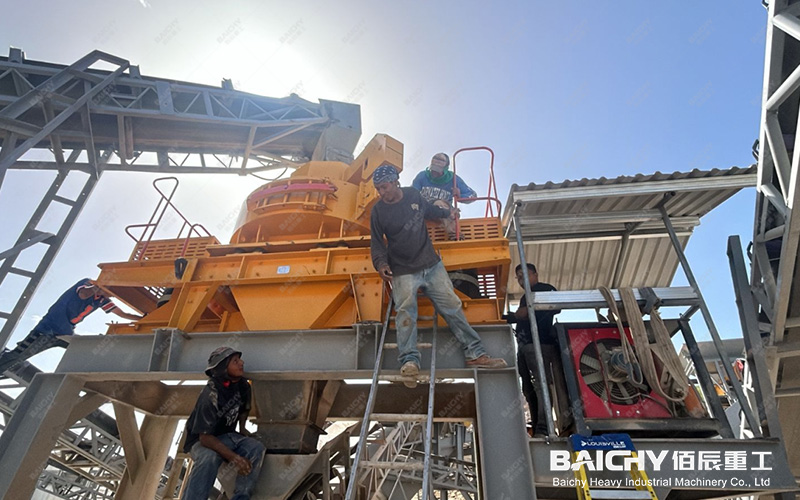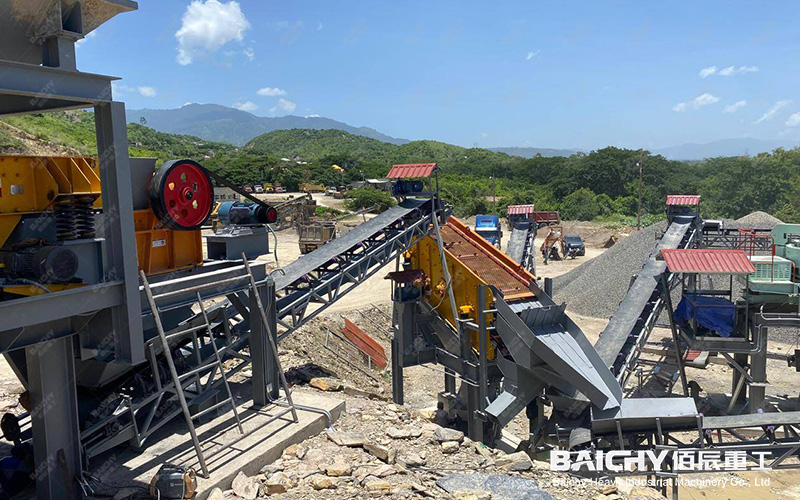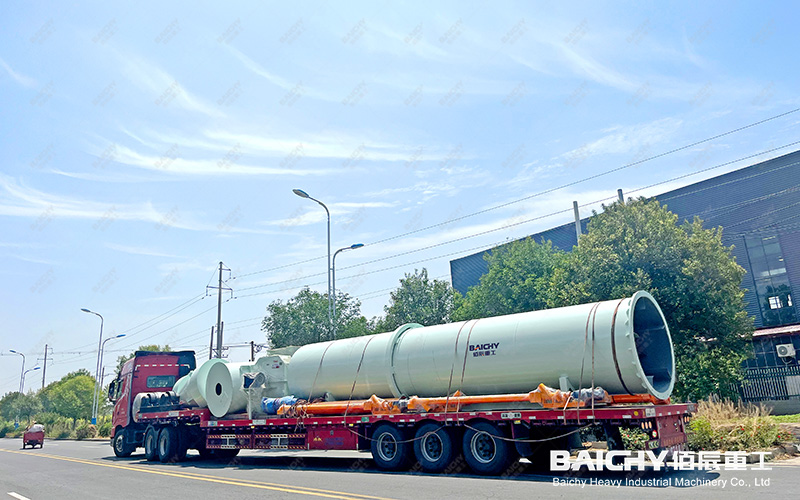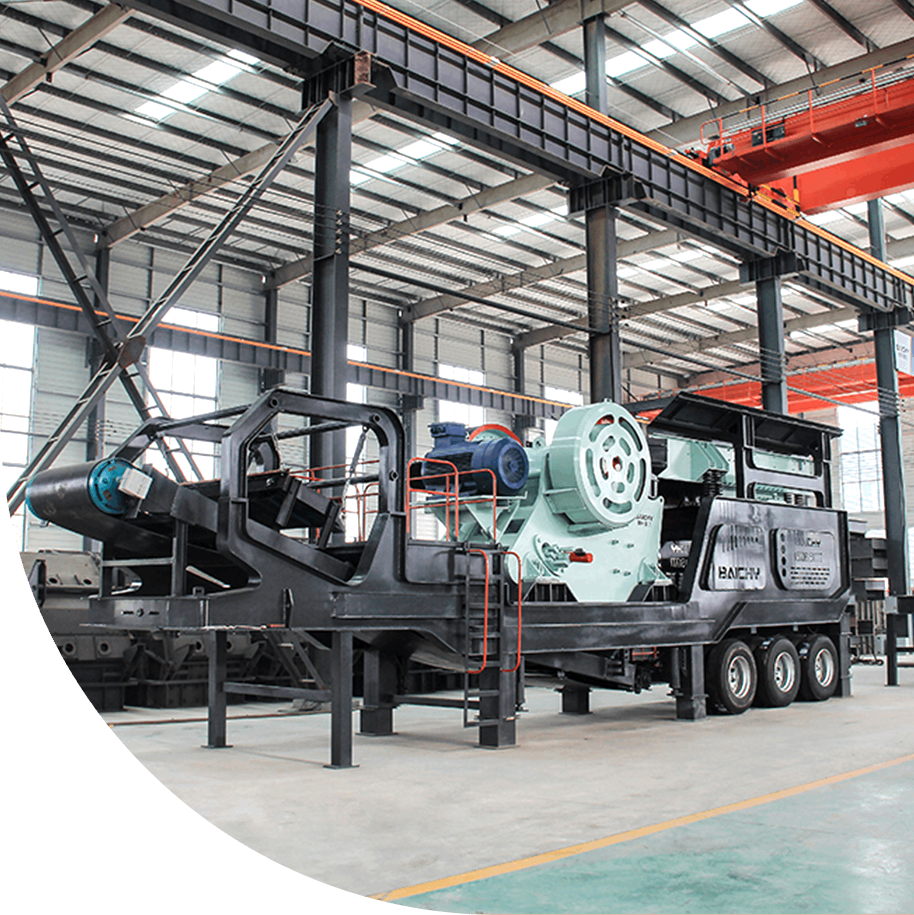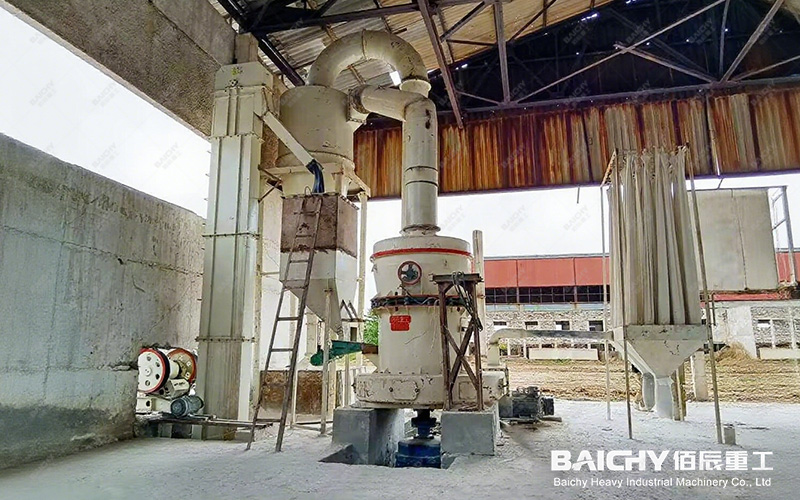
Raymond millsare critical grinding equipment in industries such as mining, building materials, and chemicals. Their electrical control method directly impacts their operating efficiency, energy consumption, and stability. When purchasing a 1-3 t/h YGM Raymond mill, many users are concerned about whether the main mill's electrical control system uses a frequency converter (VFD). This article will provide an in-depth analysis of the YGM Raymond mill's electrical control solutions, comparing the differences between VFD and non-VFD control, and provide purchasing recommendations.
1. Standard Electrical Control Solutions for the Main Mill of a YGM Raymond Mill
Currently, VFD control is widely used for the main mill of 1-3 t/h YGM Raymond mills. The main reasons include:
✔ Stepless Speed Regulation: VFDs precisely adjust the main mill speed (10-50 Hz) to accommodate materials of varying hardness (such as limestone, calcite, and barite), improving grinding efficiency.
✔ Energy Saving and Cost Reduction: Compared to traditional control methods, VFD operation can reduce power consumption by 15%-30%, thereby reducing production costs.
✔ Soft start protection: Avoid high current shock during direct start (the starting current of the traditional method can reach 5-7 times the rated current, while the frequency conversion control is within 1.5 times), thus extending the life of the motor.
✔ Intelligent control: Can be integrated with the PLC system to achieve automatic adjustment and reduce manual intervention.
Common inverter brands
• International brands: Siemens, ABB, Schneider
• Domestic brands: Inovance, Invt, Delta
2. Frequency conversion control vs. traditional control: key performance comparison
| Comparison Items | Variable Frequency Control | Traditional Control (Slip/Power Frequency) |
| Starting Current | ≤1.5 times rated current | 5-7 times rated current |
| Speed Range | 10-50 Hz adjustable | Fixed Speed |
| Power Consumption per Ton | 18-22 kW·h | 25-30 kW·h |
| Maintenance Cost | Low (electronic control) | High (high mechanical wear) |
| Applicable Scenarios | High precision, multiple materials | Single material, low budget |
Conclusion: Frequency conversion control significantly improves energy efficiency and equipment life, and is especially suitable for small and medium-sized YGM Raymond mills with a capacity of 1-3t/h.
3. Practical application of frequency converters in YGM Raymond mills
(1) How to adjust the frequency converter to optimize production?
• Materials with high hardness (such as quartz)
→ Appropriately reduce the speed (30-40Hz) to reduce roller wear.
• Soft materials (such as talc)
→ Increase the speed (45-50Hz) to increase production.
• Energy saving mode
→ Automatically reduce the frequency at low load to reduce no-load loss.
(2) Common frequency conversion faults and solutions
• E.OLT (overload)
→ Check whether the mill is stuck and reduce the load appropriately.
• E.UV (undervoltage)
→ Check the grid voltage to avoid excessive voltage fluctuations.
• Overheat protection
→ Check the cooling fan to ensure good ventilation.
4. Purchase advice: How to determine whether the equipment uses frequency conversion control?
1. Check the equipment parameter table: Regular manufacturers will clearly mark "frequency conversion control" or "frequency conversion speed regulation".
2. Observe the control cabinet: The frequency converter is usually installed in an independent electrical control cabinet with a display and adjustment knob.
3. Test Run Verification: During operation, observe whether the motor starts smoothly and whether the speed is adjustable.
Note: Some low-priced models may still use traditional control, which increases long-term operating costs. We recommend choosing variable frequency models.
5. Variable Frequency Retrofit Solution (for upgrading older equipment)
If your YGM Raymond mill still uses traditional control, a variable frequency retrofit is available. This typically includes:
• Installing a variable frequency drive (cost approximately ¥5,000-15,000, depending on power)
• Optimizing electrical circuits to match motor parameters
• Debugging operating parameters to ensure stable production
Case Study: After a YGM65 Raymond mill was retrofitted with a variable frequency drive, a building materials factory reduced power consumption by 22%, saving over ¥30,000 in annual electricity costs.
6. Conclusion: Variable frequency control is recommended for 1-3 t/h YGM Raymond mills
✔ Variable frequency control has become the industry standard, particularly suitable for small and medium-sized YGM Raymond mills (1-3 t/h).
✔ Energy saving, stability, and intelligence are the core advantages of variable frequency technology, resulting in greater long-term economics.
✔ When purchasing, identify reputable manufacturers to avoid low-priced, non-variable frequency models that compromise production efficiency.
If you're considering purchasing or upgrading a Raymond mill, please consult with our professional engineers for a customized variable frequency control solution!

Baichy Heavy Industry – Your Trusted Partner for Seamless Equipment Operation
To ensure optimal performance of your equipment, Baichy Heavy Industry offers:
- Professional on-site installation guidance
- Comprehensive operator training
- 24/7 technical support & maintenance services
Our complete after-sales service system guarantees long-term, stable operation of your machinery with minimal downtime.
Protect Your Rights – Only Use Official Channels
To avoid scams and ensure authentic support, contact us exclusively through:
• Official Website: www.baichychina.com
• WhatsApp: +8615093222637
• Email: [email protected]
Your satisfaction is our priority – expect prompt, professional service every time.
(Note: Beware of unauthorized third parties claiming to represent Baichy. Always verify through official contacts.)
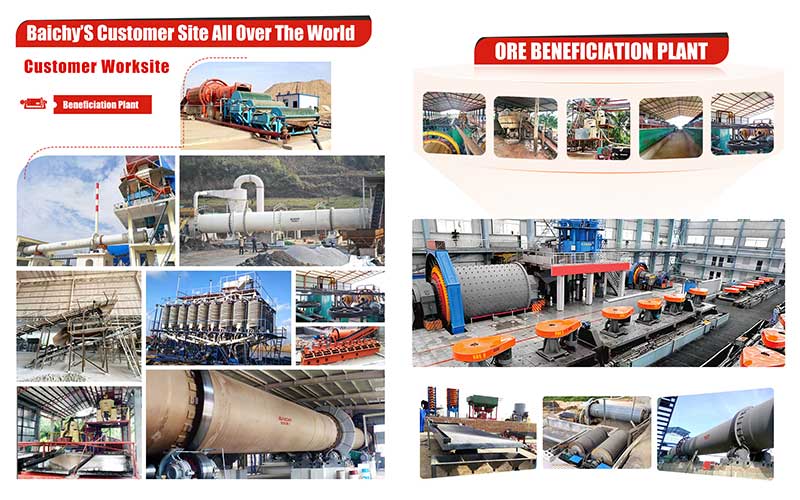
Further reading:
How To Choose A Suitable Industrial Grinding Mill?
Which Is Better Cement Vertical Roller Mill Or Ball Mill?
What Are the Differences between Dry and Wet Type Ball Mill?




